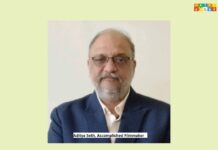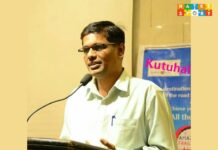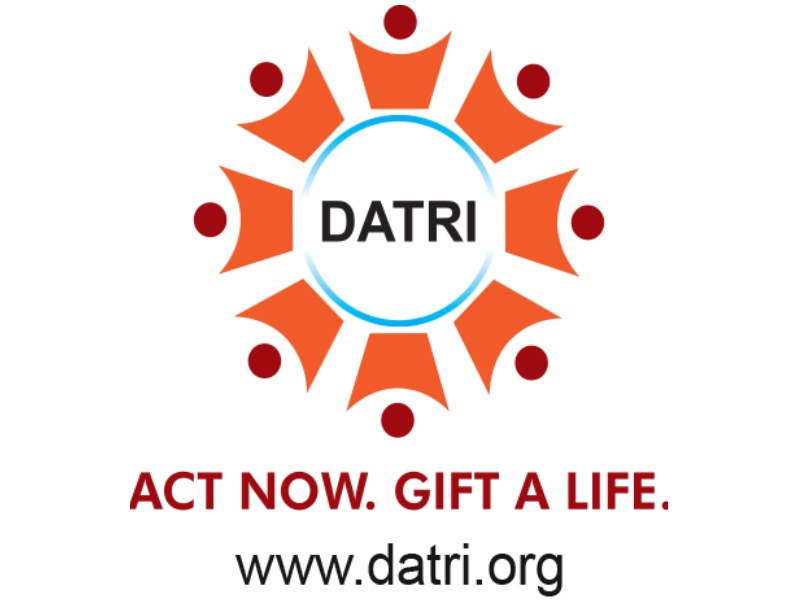Do you remember the famous Blood Donation quote, ‘Your little effort can give others a second chance to live a life’ Well, apart from blood donation, it’s true in many other cases too. However, we have only known about Blood Donation as it is considered among the best charity and social work.
Hatke Story wanted to know more about it, so we connected to DATRI’s Head of Medical Affairs Sumati Misra. She told us about Blood Stem Cell Donation and how it can cure 100+ severe diseases without taking anything from a Donor’s body except blood stem cells.
Time and again, society and the government have promoted Blood Donation. However, there are other parts of the blood that you can donate to save lives, such as Bone Marrow and Blood Stem Cell Donation. These names are not so well known, and often we have only heard about them in films or on television. You would be surprised to know India doesn’t have any government organization to promote Blood Stem Cell Donation. DATRI Blood Stem Cells Donors Registry is India’s largest NGO that works in this area.
So let us know more about this organization.
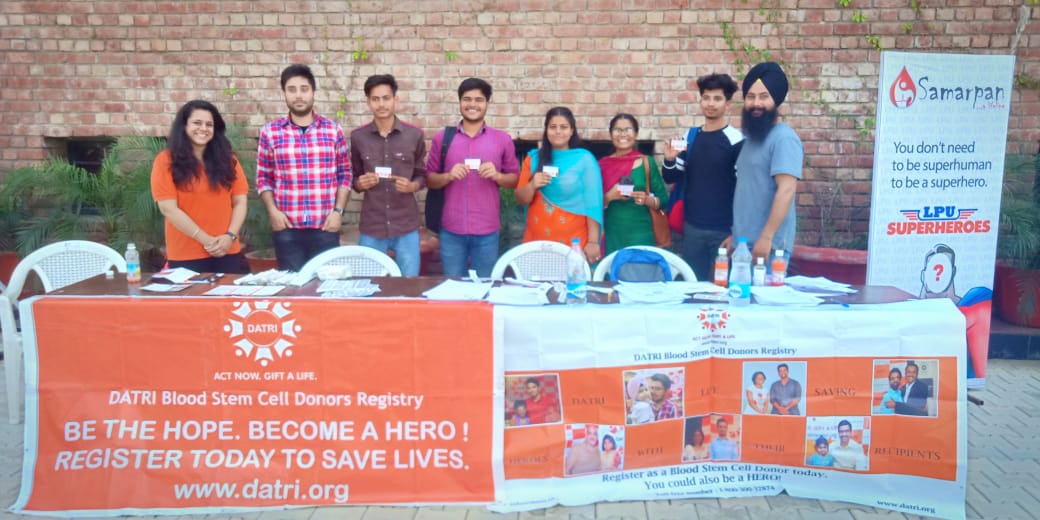
Story of Sumati Misra – Head of Medical Affairs of DATRI
Aashna – Sumati, please tell us more about DATRI. Who started the organization and why?
Sumati Misra – DATRI is a not to profit organization that was founded in 2009. Dr. Nezih Cereb and Dr. Soo Young Yang are the founders of Histogenetics, a laboratory that performs high-resolution HLA (Human Leukocyte Antigen) typing. Histogenetic worked with some Indian hospitals to perform the HLA typing for leukemia or fatal blood disorders.
Their only chance to survive was a stem cell transplant, and if no donor was available in the family, an unrelated donor vis needed. They were well aware of the shortage of HLA-matched, unrelated Indian donors as there was no registry in India. They saw an urgent need for a donor registry in India and teamed up with an enterprising entrepreneur. This entrepreneur had a friend whose friend’s fiancée was of Indian origin.
She could not find an HLA match in the US registry or other international registries, which was the turning point. He assisted in conducting awareness campaigns in the US amongst the Indian community to register them as potential blood stem cell donors. When he moved back to India, he realized that it was almost impossible to find an unrelated donor for patients of Indian origin.
The three then founded DATRI to meet the increasing demand for blood stem cell donors in India. Even today, in India, people were unaware of it, and they pay between five and a half thousand to twenty-five thousand for HLA typing. DATRI gets it done for 1800 (one thousand eight hundred rupees only) for their registered donors with its tie-up with the lab.
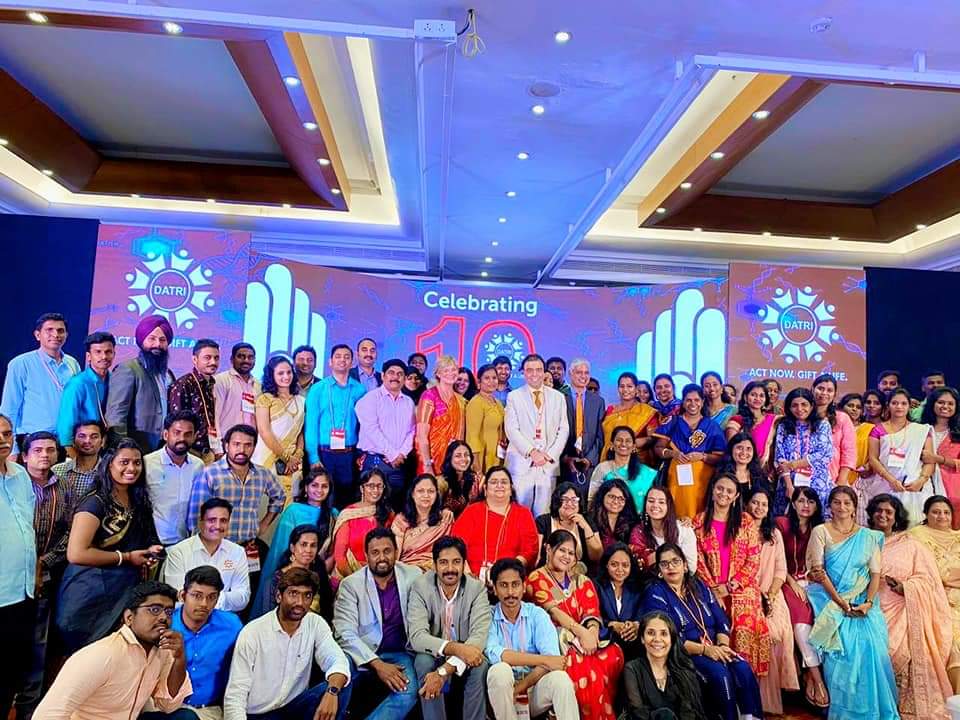
Aashna – How is bone marrow transplant different from blood donation? Is it possible to transplant or donate bone marrow to others without having blood relations with them?
Sumati Misra – Yes, it is possible but here, ethnicity matters. If you see anyone from Punjab, you will automatically know that this person is a Punjabi. Similarly, if you see a Dravidian, you’ll know that they are from the Southern part of India. If you see people from the North East region of India, you’ll know they are North Indians even. So, the chance of finding a match within the community is higher as ethnicity matters.
People from the same community can have similar DNAs, and that is why they can be a match. Even in the same family, you may not be a 100% match. You are the product of your parents. For example, you have 24 chromosomes. Among which your father gave 12 chromosomes. There are chances that these chromosomes have been shared with your siblings. That’s how both of you can be a match for each other. Similarly, anyone can be a match if they have identical chromosomes present in their body.
While identifying donors, we check blood groups and RH factors. In HLA typing, we look for ten attributes that are present in your blood. So whenever you have a match, you’ll always hear the term 8/10, 6/10 that the donor and the patient match up to what level. Finding the match within the family has only 25% possibility. So if you have five siblings, then one of you can have a perfect match. That is all about it.
In Bone marrow transplants, sometimes, the doctor can also take a half match. It should be a 5/10, at least. It is only from my immediate family. In case you don’t find a match, then you can take the half match.
For example, my sister and I have the same parents, but our HLA typing doesn’t match each other. We only match 2/10. Which means we only share two of the same proteins. So yes, Indians match Indians. Not all people who have blood relationships can donate to each other.
Aashna – Is it necessary to have the same blood group with the patient? Is it possible to transplant bone marrow without matching blood groups?
Sumati Misra – Yes, a blood group match doesn’t matter. Bone marrow means they are the mother cells. They are formed in the pelvic bones and the backbone. From there, it moves into your blood. There is a natural overflow in the body. So when they move into the blood, they become white and red blood cells, etc. These bone marrow cells have the capability of becoming different cells. So they have often termed mother cells.
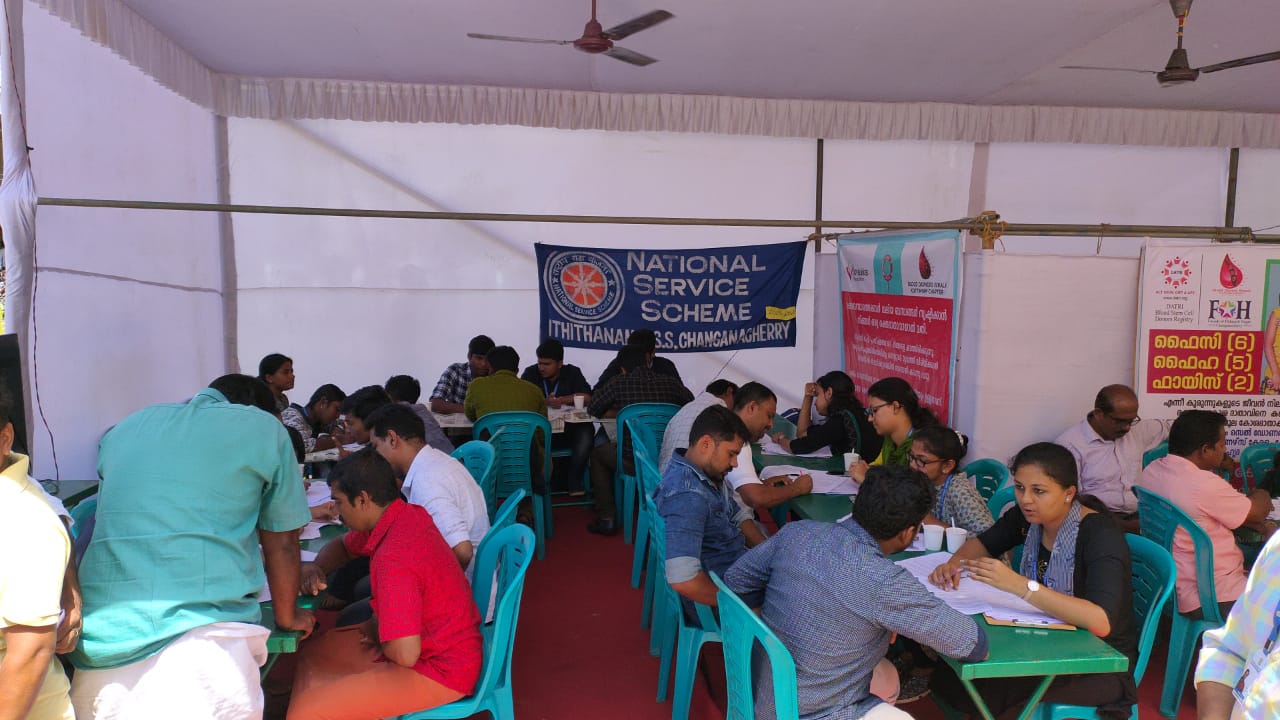
When we put these cells in a patient’s body, we are changing the input. That means when you change the input automatically, it will change the output. Simply put, the patient’s body is a factory, and we are changing the raw material. The body will continue to produce cells. These cells can regenerate themselves.
So after the bone marrow treatment, the patient’s blood group becomes the donor’s blood group. So if the patient is B+ and the donor is AB+, then the patient will also become AB+. That’s the reason why the blood group is not a hindrance.
Aashna- What is the process of bone marrow transplant? How does it affect the donor? Which part of the body do you take out?
Sumati Misra – Bone marrow transplant is the transplantation process of the donor’s cells to the patient. The donor’s cells can be collected by a simple process called Apheresis, where the donor’s blood is taken from one arm, and Stem cells are removed, and the rest of the blood is returned to the donor by the 2nd arm. It is called Peripheral Blood Stem Collection (PBSC).
This method is used in 98% of our collections. The donor can see the entire process. The 2nd process is what you might have seen in movies/videos, a doctor giving Anesthesia to sedate the patient while taking out cells from the body by injecting a syringe on the patient’s back area. In 2% of cases, we follow the same method to take out cells from the bone. This process is called Bone Marrow extraction, i.e., we are taking out the marrow from the bone. During the process, patients lose nothing. The body will recreate these cells in less than a week.
Aashna- What is the process of blood stem cell transplant?
Sumati Misra – DATRI transports the collected stem cells to the patient’s location, and transplantation of these cells to the patient is called Blood Stem Cell Transplant / Bone Marrow Transplant.
Aashna- What are the after-effects of this process?
Sumati Misra – The donor might feel stiffness or tiredness on the day of the donation. Other than that, there is no long-term impact. Apart from it, we tell the donor to avoid visiting the gym and not to do any strenuous work. We advise them to eat something post-donation and drink lots of fluids before the donation. In short, we can say there is no long-term impact, and the body will regenerate what it has donated.
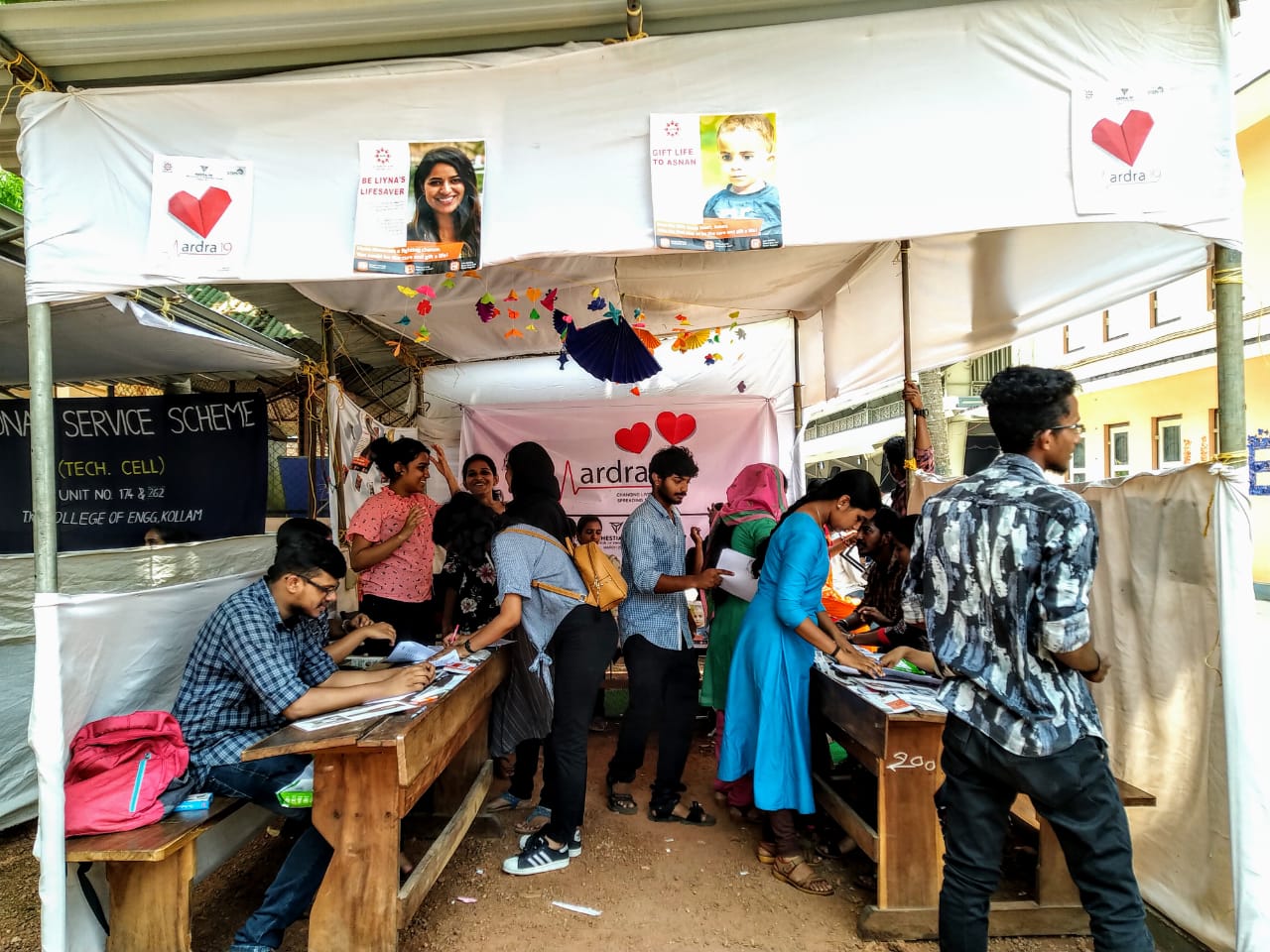
Aashna- How many diseases do Bone Marrow and Blood Stem Cells transplants cure?
Sumati Misra – It cures more than 100 diseases, including life-threatening diseases like Blood Cancer, Thalassemia, Leukaemia, Aplastic Anaemia, Sickle Cell Anaemia, inherited genetic disorders, etc.
Aashna- How do you convince a donor to donate bone marrow?
Sumati Misra – Pre-Covid, we conducted school and college campaigns to spread awareness amongst the donors. We used to share stories of donors and patients about how A donor has gifted life. It was so easy for them, so why not you! When they agree to donate, we collect their information to feed it into our data. Till now, we have 4,60,000 registered donors.
Aashna- Under what circumstances can a donor not donate bone marrow?
Sumati Misra – A person who has a history of Epilepsy can’t donate bone marrow. Suppose they are taking insulin through injections rather than tablets. Pregnant women and lactating mothers are also not eligible to donate bone marrow during that period. Even in this case, exceptions are when a mother has crossed lactating period or ain’t breastfeeding anymore. They can donate. If a person has gone through major surgery, they are not allowed to be a potential donor after six months.
Aashna- What is the shelf life of bone marrow?
Sumati Misra – If preserved or frozen, you can save both stem cells and bone marrow for years. But if cells are not stored in a freezer under the right circumstances, they need to be transfused into the patient’s body within seven days of extraction. We do the work within 48 hours. Freezing stem cells and blood cells is a very tedious process done by the patient’s treating hospital. DATRI does not freeze and keep the product.
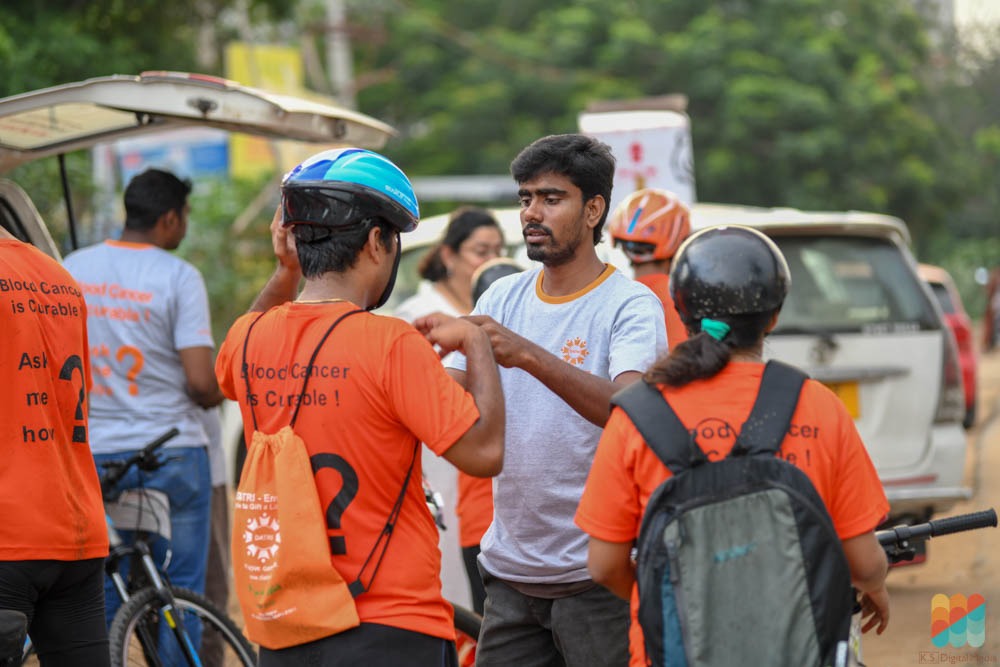
Aashna- What are the terms and conditions between the donor and the patient to donate bone marrow or blood cells?
Sumati Misra – There is no agreement between the donor and the patient. The donor is talking to their doctor. The patient is talking to their doctor. In contrast, DATRI has an agreement with the treating hospital and with the chosen donor. We work as a mediator for hospitals and donors. The patient and the donor don’t meet for one-year post-donation. After one year, if both parties want to see each other, we share their contact details and facilitate the 1st meeting.
Aashna- Why is it important to keep them apart for one year?
Sumati Misra – To avoid any emotional or financial blackmail. People can do anything for their benefit. You never know, so we don’t take any risk. It is a standard that is followed by all registries across the world.
Aashna- How many times a single person can donate bone marrow?
Sumati Misra – A person can donate as many times as they have a match. However, we disable the particular donor for one year. After one year of donation, we reconsider them if they have a match. Any subsequent matches are decided on a case-to-case basis with our medical director.
Aashna- Can you tell me some heartwarming incidents that happened during the process?
Sumati Misra – There is an incident that I remember as it is very close to my heart. The donor was working in a reputed company.
One day, I called him to tell him that he had a match. He agreed to donate his bone marrow. He told me that his wife is planning for a child, but it isn’t happening during the conversation. So they are consulting gynecologists. I said, ‘I know many doctors. I can schedule your appointment with an expert. In fact, during the transplantation process, you can consult the doctor.’ He was surprised by the fact, so he asked me, ‘Is it possible?’
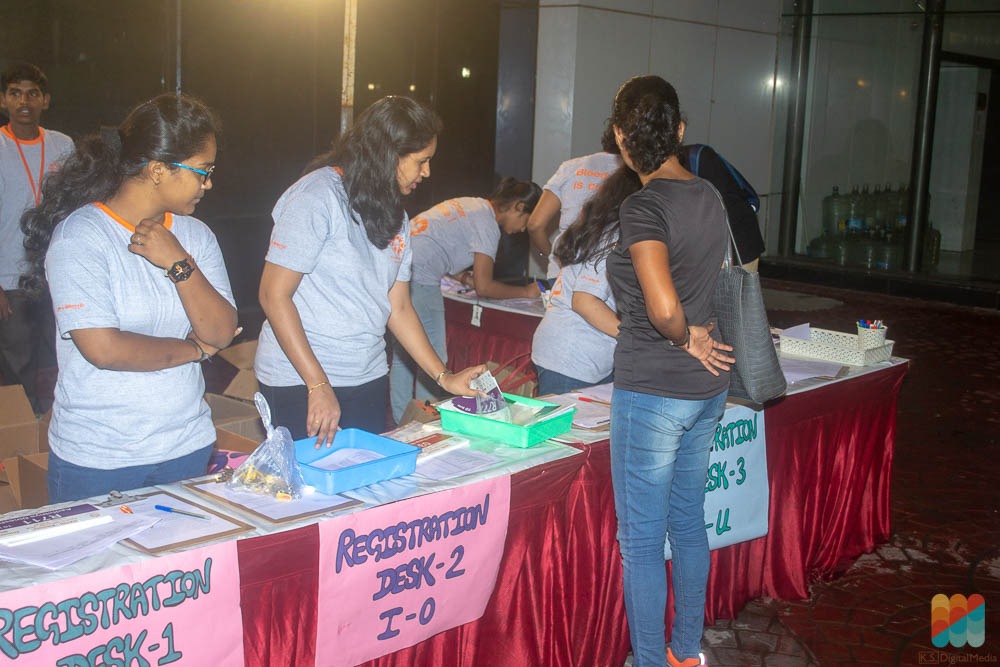
I said, ‘Yes, of course, it’s possible. We work with many hospitals. I will step out in case you want to discuss something personal with your doctor.’ After hearing the conversation, he agreed to donate his bone marrow. On the day of donation, the gynecologist told him not to go for IVF because its painful for the lady. So I suggested something else.
I told him, why don’t you try the transplant before going to IVF. The doctor also seconded my opinion. He donated his bone marrow. After a while, he received his wife’s reports. Guess what she was expecting. He linked it with Karma by saying, ‘I did something good without asking for anything in return. So the universe gave me what I wanted.’ I was surprised because pregnancy and bone marrow donation has no connection, but belief has no logic. The couple met the patient after one year and three months. It went too well, and I still remember their meeting.
Another case also got covered in the news. An identical twin was a match for a patient. Both of them were willing to donate, so they decided by tossing the coin. In the end, one twin donated, and the second twin was there for support.
Aashna- What’s the role of the Indian government in this area?
Sumati Misra – The government has yet to decide its role. Bone Marrow treatment comes under the Ministry of Health. However, the ministry has not defined any rules or regulations for bone marrow transplantation. We receive no financial help from them. Our funding comes from CSR, individuals, and corporations.
Aashna- What is your message for our readers?
Sumati Misra – I’d like to motivate people to donate Bone Marrow and Blood Stem Cells. It’s as easy as Blood donation, and it can bring a massive change in the patient’s life. You are saving a life, a person who is suffering from a life-threatening disease. So please donate it and spread awareness regarding the same. You lose out on nothing in the process, but you can gift a life.
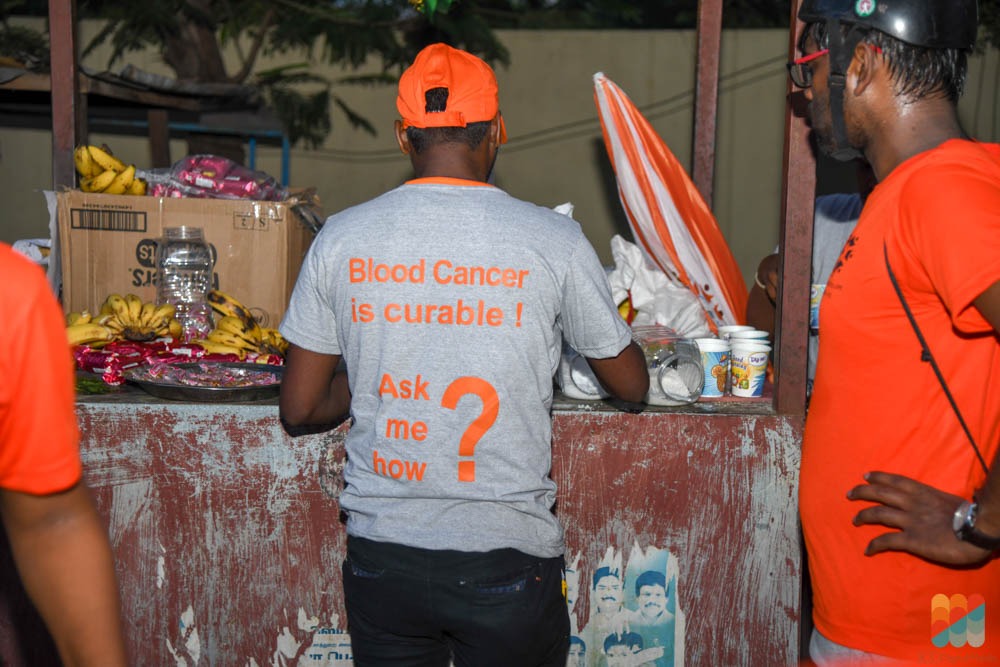
Connect with DATRI on
Facebook – https://www.facebook.com/datriworld
Twitter – https://twitter.com/datriworld
Linked In – https://in.linkedin.com/company/datri
Instagram – https://www.instagram.com/datriworld/
YouTube – https://www.youtube.com/channel/UCuQypTSby38IDNF_vQxKC0g
Like us on FB, if you find our content interesting: https://www.facebook.com/hatkestoryofficial/
Do you have an interesting incident or experience to share with the world? Write to us, and together we can discuss how to weave your story and present it to the world. Would you mind sending us your story?

